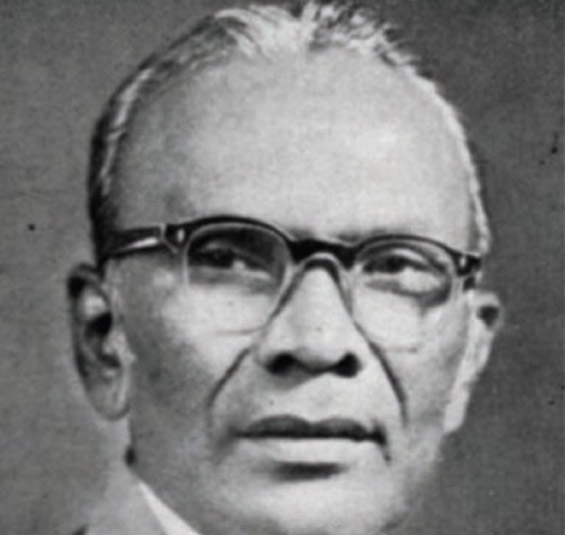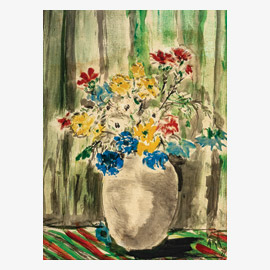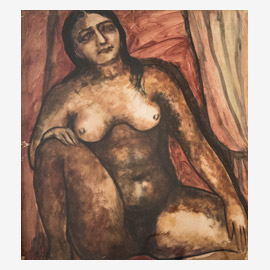Krishnaji Hawlaji Ara was born in April 1914 in Secunderabad, Andhra Pradesh. Being the son of a chauffeur, Ara lost his mother at the age of three. He ran away to Mumbai after his father remarried at the age of seven and found himself working as a car washer at the age of seven. He also took part in the Civil Disobedience Movement and Gandhi's Salt Satyagraha and was jailed for five months.
Experiencing extreme poverty during his life, Ara always continued to take interest in art and painting. It was the famous art critic Rudy von Leyden from the Times of India who came across his work and later on Walter Langhammer, the editor of Illustrated Weekly of India, who got impressed by his skills and encouraged him to take up painting full time. It was Walter who enr...
Krishnaji Hawlaji Ara was born in April 1914 in Secunderabad, Andhra Pradesh. Being the son of a chauffeur, Ara lost his mother at the age of three. He ran away to Mumbai after his father remarried at the age of seven and found himself working as a car washer at the age of seven. He also took part in the Civil Disobedience Movement and Gandhi's Salt Satyagraha and was jailed for five months.
Experiencing extreme poverty during his life, Ara always continued to take interest in art and painting. It was the famous art critic Rudy von Leyden from the Times of India who came across his work and later on Walter Langhammer, the editor of Illustrated Weekly of India, who got impressed by his skills and encouraged him to take up painting full time. It was Walter who enrolled Ara in the J.J.School of Art to learn painting full time.
Ara is considered as the first modernist to focus on the female nude as a subject. His debut solo show was organised by Kekoo Gandhy in 1942, which was a considerable hit.
He went on to win the Governor's Medal for one of his works in 1944. His repeated success brought him to the notice of his fellow contemporaries and later he was the member of the path breaking artists group called Progressive Artists Group (PAG). The group also included master artists like M.F.Husain, F.N.Souza, S.H.Raza and many more. He was part of the managing committee of the Bombay Art Society and later on became a Fellow in the Lalit Kala Akademi. He breathed his last at Mumbai in 1985.


